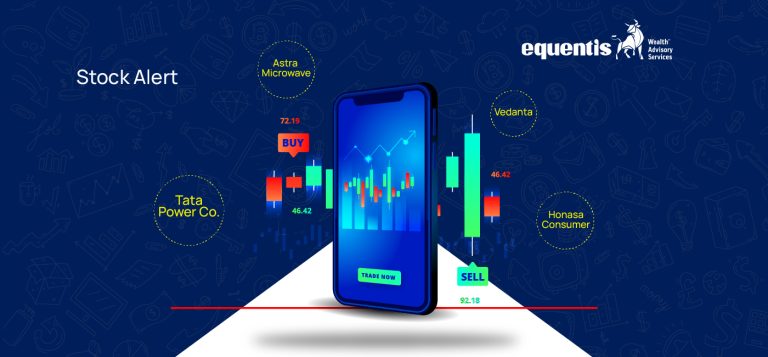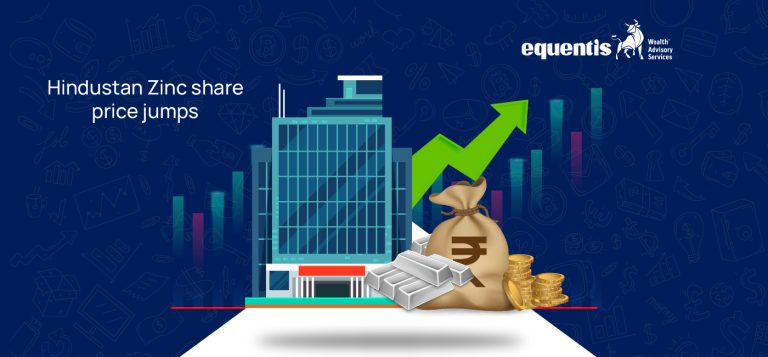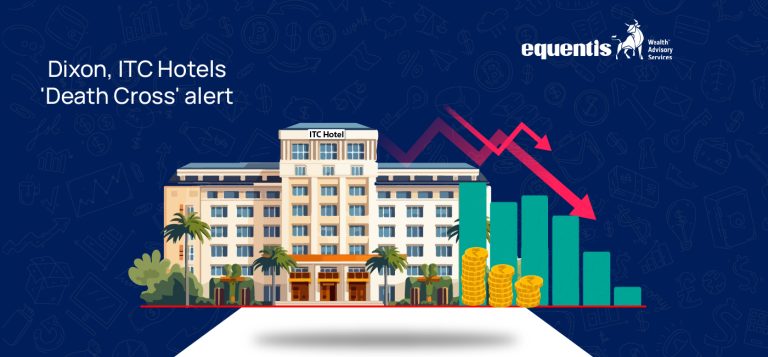The stock market witnessed notable movement across several well-known companies, including Tata Power, Astra Microwave, Honasa Consumer and Vedanta. These stocks came into focus as investors reacted to sector developments, earnings expectations and broader market volatility. Detailed tracking of such counters helps traders understand near term momentum and long term positioning. Here is a comprehensive look at what is influencing these four important stocks and why they are drawing attention in today’s trading session.
Tata Power Gains Attention as Renewable Push Strengthens
Tata Power remains one of the key players in India’s transition toward renewable energy. The company has been expanding its solar, wind and hybrid power projects across the country. Recent announcements around capacity expansion, potential partnerships and new project commissions have supported investor sentiment.
Strong Renewable Pipeline
The company’s renewable energy pipeline continues to grow steadily. Increased government focus on green energy and rooftop solar adoption also add momentum to the stock. Long term investors view Tata Power as a structural growth story in the clean energy space.
Distribution and EV Charging Presence
Tata Power’s push into electric vehicle charging infrastructure strengthens its diversification. With rising EV adoption, the company stands to benefit from a broadening consumer and commercial charging network.
Astra Microwave Sees Movement on Defence Orders Outlook
Astra Microwave has emerged as a strong defence electronics manufacturer supplying radar, satellite communication and microwave components. Defence related stocks often move in response to order wins or expectations of new government procurement plans.
Growth in Defence Spending
India’s rising defence expenditure and focus on indigenisation act as key growth drivers. Investors expect Astra Microwave to secure more orders based on its proven technical capabilities.
High Margin Product Mix
The company’s specialised communication systems and radar components generate strong margins. This adds to the attractiveness of the business in the long term.
Honasa Consumer Gains Traction After Recent Business Updates
Honasa Consumer, the parent company behind popular personal care brands, has seen increased investor activity. Its portfolio includes multiple fast growing digital first brands that continue gaining consumer traction.
Strong Brand Expansion
Growing shelf space across online platforms and retail stores supports revenue visibility. The company is also expanding into newer categories that complement its existing range.
Influencer Led Marketing Model
Honasa uses a data and influencer driven marketing strategy to maintain brand recall. This approach keeps customer acquisition cost balanced while enabling strong digital presence.
Vedanta Moves on Commodity Price Fluctuations
Vedanta remains sensitive to global commodity movements. Prices of zinc, aluminium and oil play an important role in shaping earnings outlook.
Metal Price Recovery Supports Sentiment
Any uptick in global metal prices provides near term relief to the stock. Investors closely monitor global cues to assess margin trends.
Subsidiary Developments and Restructuring
Corporate developments such as demerger plans or subsidiary announcements often influence price movement. Investors use such updates to evaluate long term business clarity.
Conclusion
Tata Power, Astra Microwave, Honasa Consumer and Vedanta remain in the spotlight due to sector updates, global triggers and individual business developments. Monitoring these stocks helps investors understand broader market sentiment and identify opportunities during sector rotations. As earnings cycles and macro cues unfold, these companies will continue influencing near term trading trends.
Disclaimer Note: The securities quoted, if any, are for illustration only and are not recommendatory. This article is for education purposes only and shall not be considered as a recommendation or investment advice by Equentis – Research & Ranking. We will not be liable for any losses that may occur. Investments in the securities market are subject to market risks. Read all the related documents carefully before investing. Registration granted by SEBI, membership of BASL & certification from NISM in no way guarantee the performance of the intermediary or provide any assurance of returns to investors.










